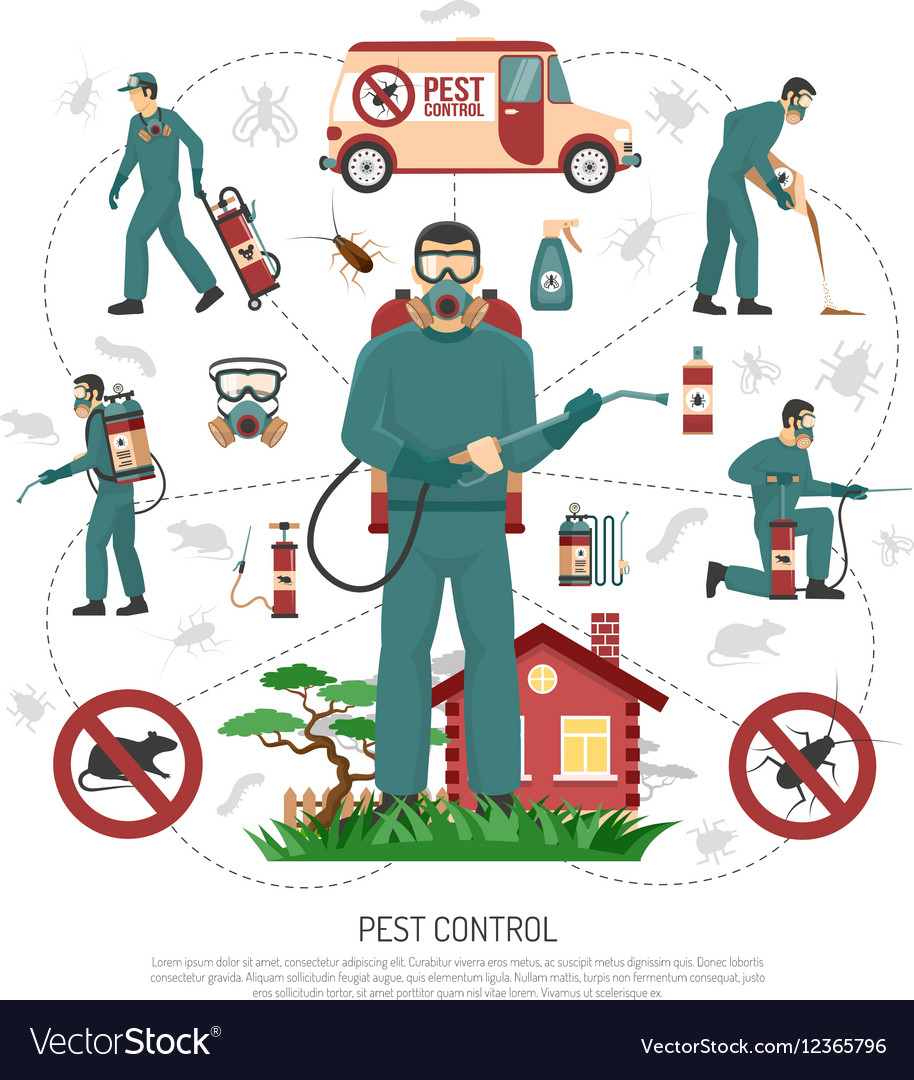Maintain Parasites Away: Reliable Techniques For A Rodent-Free Outdoor Location
Maintain Parasites Away: Reliable Techniques For A Rodent-Free Outdoor Location
Blog Article
Created By-Salinas Monroe
Did you recognize that rodents can press with openings as tiny as a quarter? Picture the effects for your exterior area. From nibbling on plants to nesting in comfy corners, these insects can create chaos if provided the possibility. But fear not, there are useful approaches you can use to keep your lawn rodent-free. By taking https://how-to-remove-mole-rat-di83727.theideasblog.com/27035942/prepare-yourself-to-transform-your-home-right-into-a-pest-free-haven-with-environment-friendly-green-insect-control-options-making-certain-a-healthier-environment-for-your-family-members-and-the-earth to secure entrance factors and preserve a clean environment, you can create a citadel versus undesirable hairy visitors. So, are https://alexisupjex.blogsuperapp.com/27069891/experience-the-problem-between-an-old-building-and-a-concealed-termite-invasion-as-professionals-introduce-ingenious-techniques-to-secure-its-historic-value set to secure your exterior sanctuary from these pesky burglars?
Identify Entry Information
To efficiently rodent-proof your outside area, start by determining potential access points. Inspect your yard for any type of gaps or openings that rodents can utilize to access. Examine locations such as spaces under doors, holes in the walls, or openings around utility penetrations. Remember https://how-to-remove-rats-from-y51728.blogadvize.com/32934422/choosing-the-proper-termite-monitoring-solution-for-your-residence can squeeze with holes as little as a penny, so be complete in your evaluation.
Focus on locations where utilities enter your home, such as where pipelines, wires, or wires go into the building. Seal any spaces around these entrance points with materials like steel wool or caulk. Additionally, look for any kind of splits in the structure or gaps in the home siding that might work as entrance points for rodents.
Pay close attention to areas where vegetation fulfills your home, as overgrown plants can give concealing places and simple accessibility for rats. Trim just click the following document of overhanging branches or shrubs that could be utilized as bridges to your house. By determining and sealing off these access points, you can dramatically reduce the chances of rodents invading your outdoor space.
Implement Exemption Measures
Examining and sealing access factors is the first step in rodent-proofing your outdoor room; currently you'll take action by applying exemption measures.
Begin by setting up door brushes up on all external doors to prevent rodents from squeezing with spaces. Seal fractures and crevices with weather-resistant sealant, concentrating on locations where energy pipelines enter your home.
Use cable mesh to cover vents and smokeshafts, guaranteeing they're securely attached. Trim tree branches and greenery far from the house to get rid of potential bridges for rodents to access your roofing.
Furthermore, take into consideration mounting metal flashing around the base of your home to prevent burrowing. Store fire wood at least 18 inches off the ground and away from your residence.
Keep garbage in snugly secured containers, and promptly clean up any splashed birdseed or animal food. By executing these exclusion actions, you can substantially decrease the likelihood of rats invading your outside space.
Maintain Tidiness and Trimmed Landscape Design
Guarantee your outside area continues to be neat and your landscaping is regularly trimmed to hinder rodents from finding harborage or food sources. Keeping your lawn clean is crucial to minimizing destinations for rats. Get rid of any debris, mess, or extra products that might work as hiding places for these parasites. Rats are attracted to areas with easy access to food and sanctuary, so by maintaining cleanliness, you make your building much less attractive to them.
Routinely cutting your landscape design is also important in rodent-proofing your exterior space. Disordered plants provides rodents with adequate hiding areas and potential nesting websites. By keeping your turf mowed, bushes trimmed, and trees trimmed, you get rid of potential habitats for rats. Additionally, trimmed landscaping makes it harder for rodents to access your home as they prefer locations with sufficient coverage for defense.
Final thought
Finally, by making the effort to rodent-proof your exterior space, you can ensure a pest-free lawn for many years ahead. Remember to on a regular basis examine for access points, apply exclusion steps, and maintain your yard tidy and properly maintained.
With these easy techniques in position, you can take pleasure in a relaxed and rodent-free exterior setting. So, don't delay - start rodent-proofing today and say goodbye to unwanted animals in your lawn!
